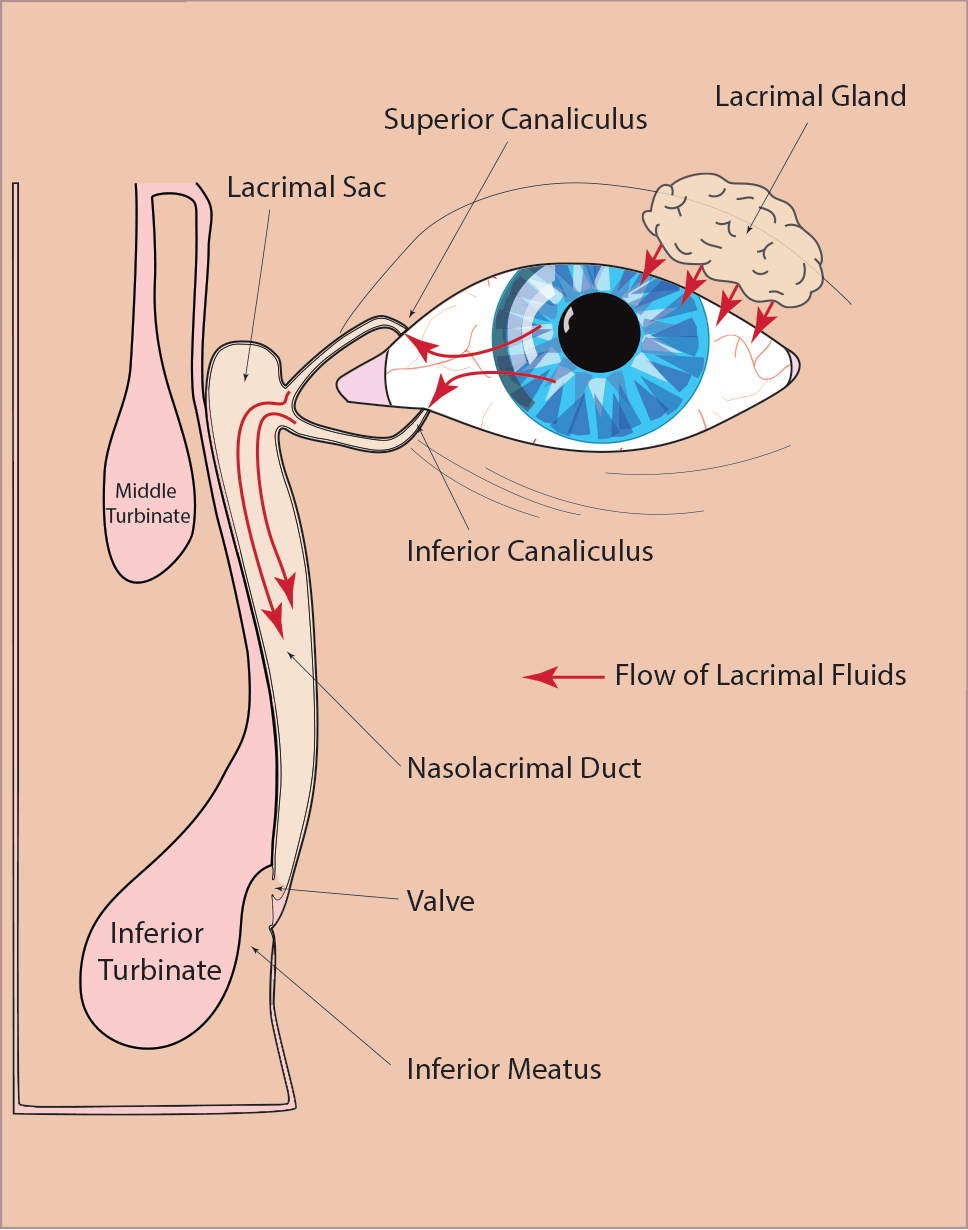1. Name of the location of 90% of epistaxis
2. A genetic disorder that forms AV malformations in the skin, lungs, brain etc
3. Name of posterior vascular plexus in the nasal cavity causing posterior epistaxis
4. 1st line treatment for all epistaxis
5. The common brand name for anterior nasal packing
6. Chemical used in cautery sticks
7. Physically scaring complication of posterior nasal packing with foleys catheter
Coming soon..
Paranasal Sinuses
What is a sinus?
Sinuses are air-filled cavities in the skull that connect with the nasal airway, lined with mucus-producing epithelium.
Remit
In this tutorial you will review the basic anatomy of the nose and paranasal sinuses. Use it in conjunction with your lectures and anatomy sessions.


There are 4 paranasal sinuses in the human skull:
-
Frontal (red)
-
Ethmoidal (ant, middle, post) (yellow)
-
Maxillary (blue)
-
Sphenoidal (purple)
The following are possible functions:
-
Resonance to the voice
-
Shape to the face
-
Some degree of warmth and humidification to inspired air
-
Act as "Shock absorbers” / crumple zones to the face and brain
-
Reduce overall weight of the head
Drainage of Nasolacrimal ducts and sinuses
The nasolacrimal duct drains into the nasal cavity and it is important to have an understanding of this drainage in order to understand pathology which can affect it.
Nasolacrimal duct
The lacrimal gland (in the superior lateral part of the orbit) produces lacrimal fluid which forms a lubricating film over the cornea of the eye. When we blink, excess tears are siphoned into the lacrimal puncta and into the nasolacrimal duct. This duct passes medially and inferiorly draining under the anterior end of the inferior turbinate.

This explains why when we cry our nose runs.
Consider now pathology in this area. It is easy to imagine that if, for some reason, the nasolacrimal apparatus where damaged or altered by pathology there would be 'epiphora' - a watering eye.
When this pathology is secondary to damage to the duct or blockage of the nasal cavity a Dacrocystorhinostomy (DCR) procedure can be performed to reopen drainage.
Sinuses
Reviewing the anatomy of the paranasal sinuses we note that these also drain into the nasal cavity. The frontal, maxillary and anterior ethmoidal sinuses drain into a structure called the hiatus semilunaris, which is situated in the middle meatus under the middle turbinate.

Posterior ethmoidal sinuses drain into the superior meatus under the superior turbinate. The sphenoid sinus drains into the sphenoethmoidal recess.
These areas exist as surgical targets when conducting functional endonasal sinus surgery (FESS) operation when medical treatment of sinus problems fails.
For more on FESS and DCR procedures please consult our procedures section.
